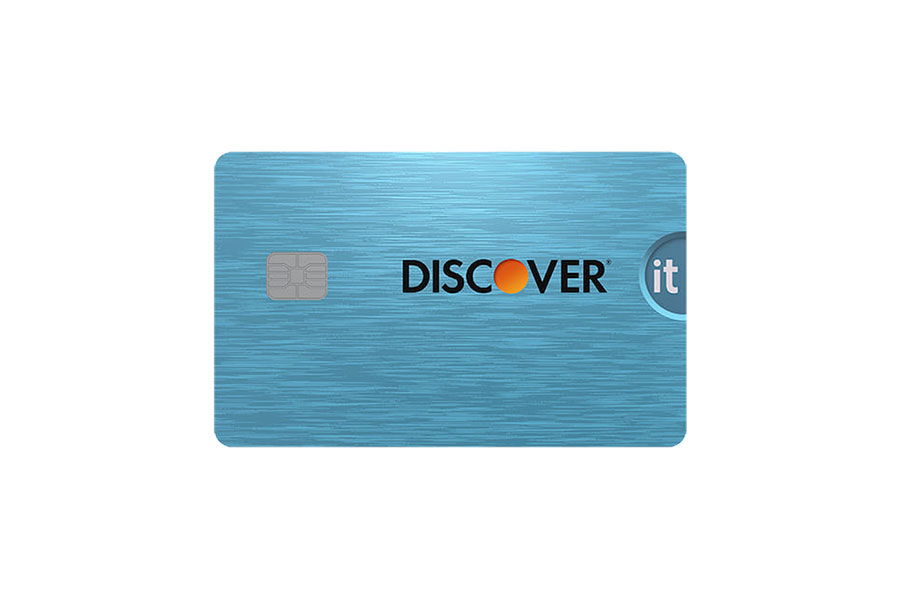Apple Pay and Apple Cash both live inside your Apple Wallet, but they serve different purposes. Apple Pay is a mobile payment system that replaces your physical cards, while Apple Cash is a peer-to-peer payment feature for sending and receiving money through Messages.
Both are designed for convenience, security, and seamless use across your Apple devices. Here’s how they work, when to use each one, and how they stack up against other digital payment apps like PayPal and Google Wallet.

Apple Pay vs. Apple Cash: Side-by-Side Comparison
Apple Pay and Apple Cash work together, but they serve different roles. Apple Pay is for making purchases in stores, apps, or online. Apple Cash is for sending and receiving money through the Messages app. You can use your Apple Cash balance to make purchases with Apple Pay, but they’re not the same thing.
| Feature | Apple Pay | Apple Cash |
|---|---|---|
| Purpose | Mobile payments | Peer-to-peer money transfers |
| Where You Can Use It | In stores, online, and in apps | Messages app, Wallet app |
| Requires a Bank Card? | Yes | Optional (funds can come from others) |
| Can Be Used Together? | Yes | Yes |
| Who Can You Pay? | Merchants that accept Apple Pay | Other Apple users |
| Payment Source | Linked credit/debit cards | Apple Cash balance or linked cards |
| Requires iPhone? | Yes | Yes |
How Apple Pay Works
Apple Pay is Apple’s mobile payment system that lets you pay with your iPhone, Apple Watch, iPad, or Mac—no physical card needed. It stores digital versions of your credit and debit cards in your Apple Wallet, so you can make contactless payments in stores, apps, and online.
To pay in stores, just hold your iPhone near a payment terminal and authenticate with Face ID or Touch ID. On Apple Watch, double-click the side button and hold it near the reader. Apple Pay uses a unique transaction code and device-specific number for each purchase, so your card details are never shared with merchants. It’s fast, secure, and accepted in millions of locations around the world.
How Apple Cash Works
Apple Cash lets you send, receive, and request money through the Messages app. It acts like a digital prepaid card in your Apple Wallet. When someone sends you money, it goes straight to your Apple Cash balance, which you can spend with Apple Pay, send to others, or transfer to your bank.
Using Apple Cash doesn’t require a separate app or account—it’s built into your iPhone. You can add funds from a linked debit card, and every transaction is secured with Face ID, Touch ID, or your passcode. It’s a simple way to handle peer-to-peer payments without needing Venmo, PayPal, or cash.
Linking Apple Cash and Apple Pay
Apple Cash and Apple Pay work hand-in-hand inside your Apple Wallet. When they’re both set up, you can send or receive money through Messages, spend your Apple Cash balance in stores or online, or move funds to your bank—without switching apps or logging into another service.
How to Set Them Up
To get started, open the Wallet app and look for the Apple Cash card. If it’s not there, tap the “+” button to add it and follow the prompts. You may be asked to verify your identity. Once it’s added, your Apple Cash balance will be available to use through Apple Pay at checkout.
The debit card or bank account linked to your Apple Wallet can also be used to fund your Apple Cash balance. This connection allows for smooth transfers between payment methods, whether you’re paying someone back or buying something in-store.
How to Use Them Together
Any money you receive through Apple Cash goes straight to your Apple Cash card. You can use that balance instantly through Apple Pay—whether you’re shopping in-store, online, or in an app. You can also send it to someone else or move it to your bank account if needed.
This makes it easy to use peer-to-peer transfers for everyday spending without extra steps. Whether you’re splitting dinner or getting paid back for concert tickets, the funds are ready to use right away.
When Should You Use Apple Pay vs. Apple Cash?
Apple Pay and Apple Cash both live in your Wallet app, but they’re made for different types of transactions. Here’s when each one makes the most sense:
- Use Apple Pay when you’re paying a business: It’s perfect for everyday purchases like groceries, coffee, gas, or takeout. You can also use it to check out in apps like Uber, pay for subscriptions, or shop online without entering your card info.
- Use Apple Cash when you’re paying a person: It’s best for things like splitting dinner with friends, sending your kid money, covering your share of rent, or getting paid back for concert tickets. You just send it through Messages—no third-party app needed.
If you’re using both, your Apple Cash balance can automatically be used through Apple Pay at checkout. No switching between apps, no delays.
Apple Pay and Apple Cash vs. Other Payment Apps
Apple’s payment tools aren’t the only ones out there. Here’s how Apple Pay and Apple Cash stack up against Google Wallet, Samsung Wallet, and PayPal in terms of features, compatibility, and security.
Google Wallet
Google Wallet is Google’s mobile payment and peer-to-peer platform. It works on Android and iOS devices and supports tap-to-pay at checkout, in-app purchases, and person-to-person transfers.
- Advantages: Compatible with most smartphones. Works on any NFC-enabled terminal. Peer-to-peer feature built-in.
- Disadvantages: Data privacy concerns. Limited functionality on iOS devices.
Samsung Wallet
Samsung Wallet (formerly Samsung Pay) allows mobile payments, plus storage for digital IDs, hotel keys, and loyalty cards. Older Samsung phones also support magnetic stripe technology for broader payment compatibility.
- Advantages: Works with more terminals, even without NFC. Expands beyond payments to hold IDs and passes.
- Disadvantages: Only available on Samsung devices. No built-in peer-to-peer payment tool.
PayPal
PayPal is one of the most established digital payment platforms, widely used for online shopping and money transfers.
Disadvantages: High fees for certain transactions, especially business payments and international transfers.
Advantages: Huge global user base. Works across all devices and operating systems. Accepted by many online retailers.
Final Thoughts
Apple Pay and Apple Cash make payments simple, fast, and secure for anyone in the Apple ecosystem. You can send money, pay for things in-store or online, and manage it all from your iPhone—no extra apps needed.
While other platforms offer similar features, Apple’s strength lies in how smoothly everything works together. If you already use Apple devices, it’s one of the easiest ways to streamline your everyday spending.
Frequently Asked Questions
Can I use Apple Pay and Apple Cash internationally?
Apple Pay is accepted in many countries, but availability can vary. Apple Cash, however, is currently only available in the United States.
Are there any fees associated with using Apple Pay or Apple Cash?
Apple Pay doesn’t charge fees. Apple Cash is free for most transactions, but instant transfers to your bank come with a small fee. Standard transfers are free.
How do I dispute a charge or transaction made with Apple Pay or Apple Cash?
For disputes with Apple Pay transactions, you should contact the bank or card issuer linked to your Apple Pay. For Apple Cash disputes, you can contact Apple Support for assistance.
How does the Apple Card work with Apple Cash and Apple Pay?
The Apple Card seamlessly integrates with Apple Cash and Apple Pay. Using the Apple Card with Apple Pay earns Daily Cash, which is added to your Apple Cash balance. This balance can be used for purchases, sent to others, or transferred to your bank. The Apple Card is managed via the Wallet app, offering a convenient experience with Apple’s payment services.




